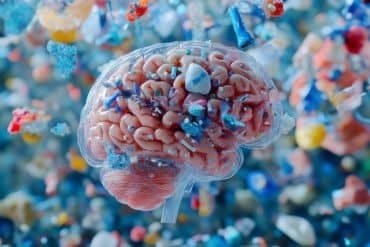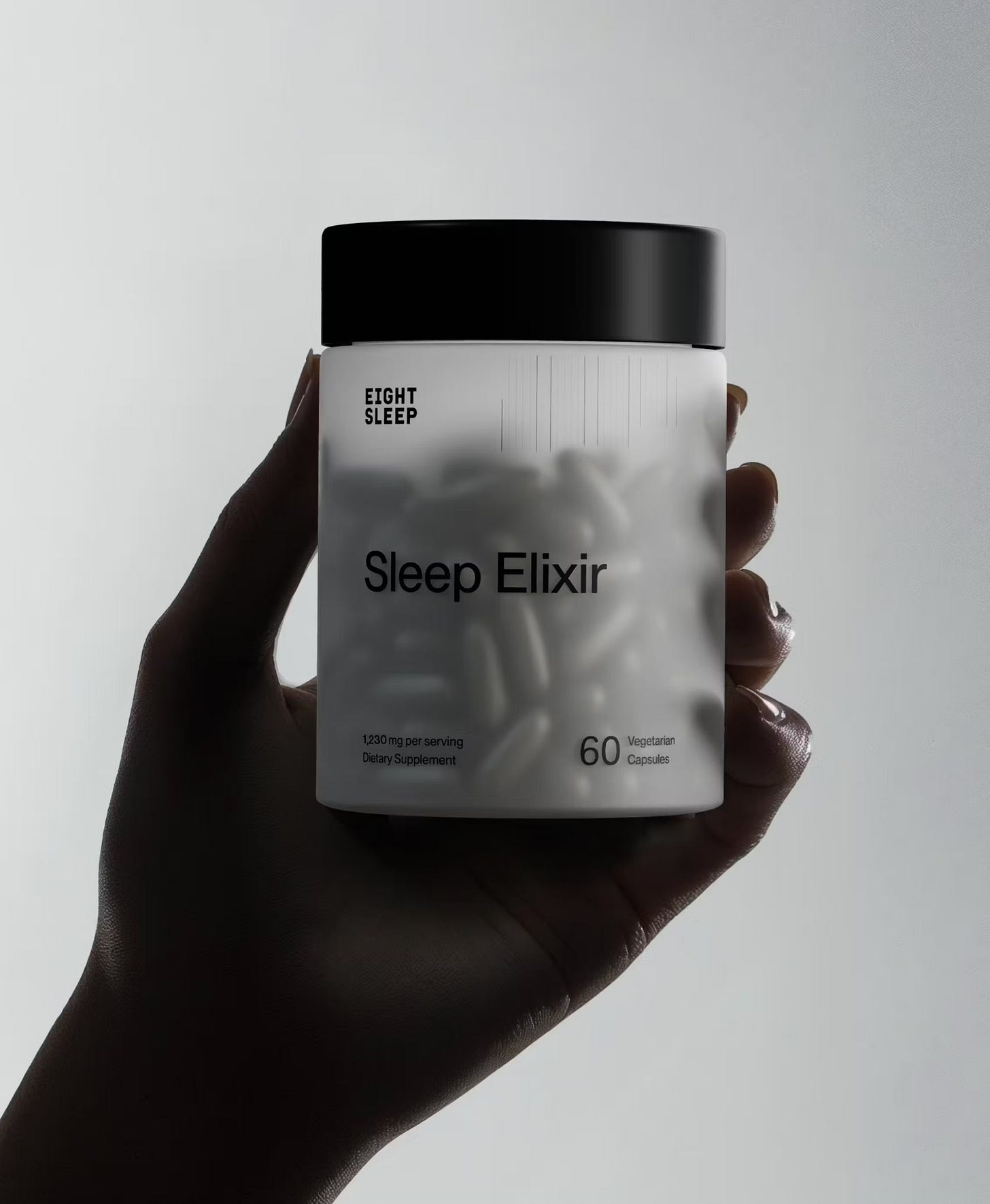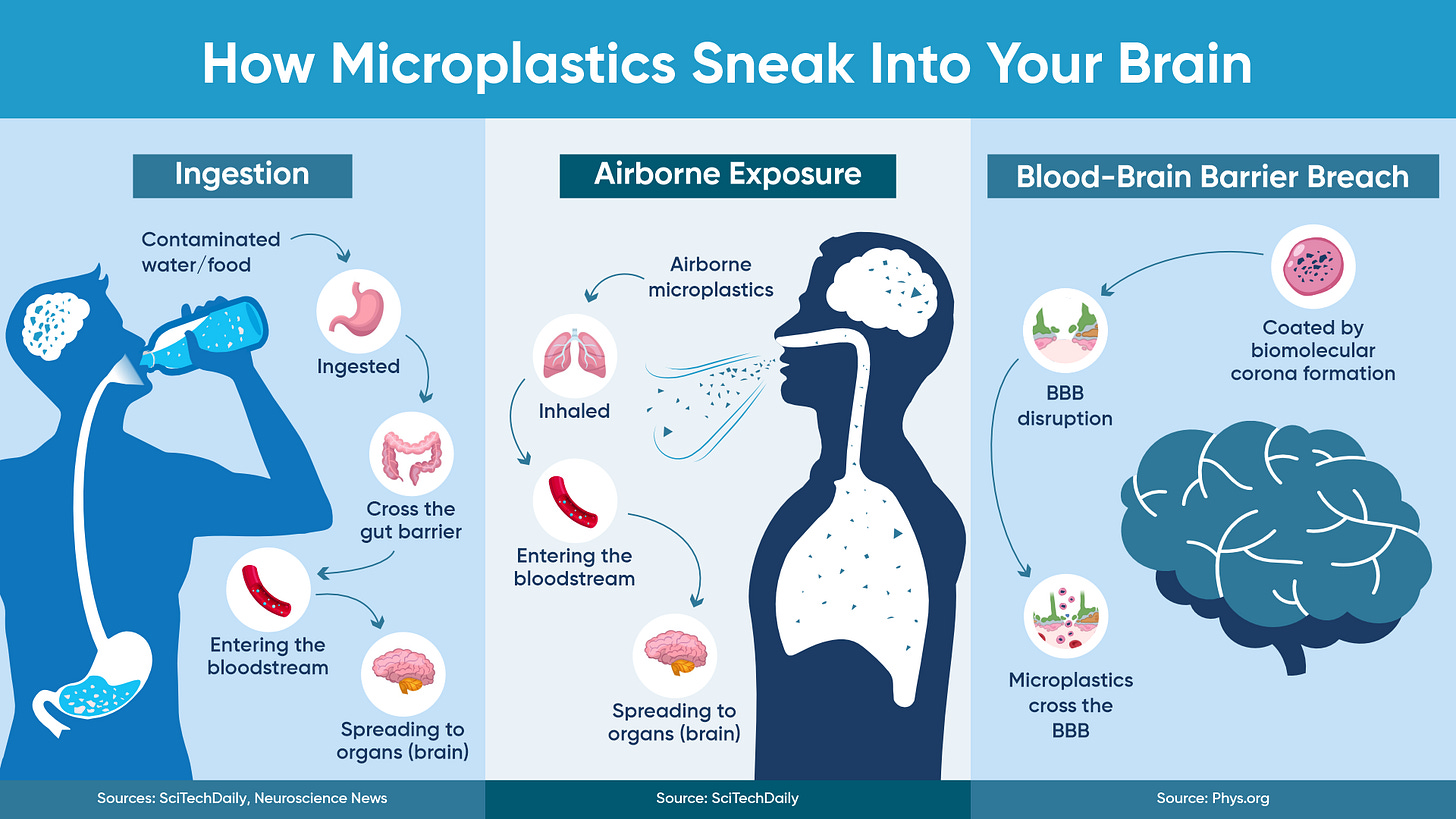5 Simple Ways to Reduce Microplastics and Protect Your Brain
Your Brain is Absorbing Microplastics and It's Accelerating Alzheimer’s
Neuro Athletics is a 2 x weekly newsletter that breaks down the medical and scientific practises that you need to perform at your peak. Subscribers include professional athletes, athletic trainers, coaches and casual fans. So if you are not already a subscriber, sign up and join 69,000+ others who receive it directly in their inbox each
Story at a Glance:
New Study Confirms Microplastics in the Brain – Scientists have found microplastics in post-mortem human brains, raising concerns about their role in neurodegeneration.
Microplastics Linked to Alzheimer’s Risk – The study reveals that individuals with dementia had 10 times more microplastics in their brain tissue.
How to Reduce Your Exposure – Experts recommend avoiding bottled water, limiting plastic use, and optimizing brain detox pathways to protect cognitive function.
Neuro Athletes,
Imagine this.
You wake up in the morning, pour yourself a glass of water, and take a deep breath as you step outside. Without knowing it, you’ve just inhaled or ingested thousands of microscopic plastic particles. They come from the synthetic fibers in your clothing, the degraded remnants of plastic packaging, even the dust floating in the air around you.
For years, we’ve known that microplastics—tiny fragments of plastic less than 5mm in size—are in our oceans, in our food, and even in our blood. But what if I told you they’re also in your brain? And what if they’re not just sitting there harmlessly, but actively contributing to cognitive decline?
A groundbreaking study out of Australia has now provided the most alarming evidence to date: microplastics are penetrating the blood-brain barrier and accumulating in human brain tissue. This is no longer just an environmental issue. It’s a direct assault on the most complex organ in the human body. And if you care about longevity, cognitive health, and the future of your brain, you need to pay attention to this.
Today’s Newsletter Is Brought To You By Eight Sleep
I’ve been testing Sleep Elixir for a while now, and it’s quickly become a non-negotiable part of my nighttime routine.
Formulated with Valerian Root, Tart Cherry, L-Tryptophan, and Ashwagandha, it’s designed to optimize sleep architecture—helping you fall asleep faster, stay asleep longer, and wake up feeling refreshed, not groggy.
The best part? No melatonin, no dependency—just scientifically backed ingredients that work with your body’s natural sleep processes.
If you’re serious about performance, recovery, or just getting better sleep, this is worth looking into.
Microplastics: What Are They and Where Do They Come From?
Microplastics are fragments of plastic that come from everyday products—bottles, bags, synthetic clothing, industrial waste, and even personal care products like exfoliating scrubs. Over time, they break down into microscopic pieces that are invisible to the naked eye, yet small enough to be ingested, inhaled, and absorbed into human tissue.
We now consume an estimated 5 grams of microplastics per week—roughly the weight of a credit card. Studies have already confirmed their presence in lungs, liver, kidneys, and blood. But the brain? That’s a new frontier.
The Australian Study That Changes Everything
Until now, it was assumed that the blood-brain barrier—the brain’s highly selective defense system—would prevent microplastics from infiltrating neural tissue. But the latest study out of Australia proves otherwise.
Key Findings from the Study:
Researchers detected microplastic particles inside post-mortem human brains.
Individuals with neurodegenerative diseases had significantly higher levels of microplastics in their brain tissue.
The highest concentrations were found in regions associated with memory, cognition, and neuroinflammation—the same areas implicated in Alzheimer’s disease.
The microplastics present were primarily polyethylene (found in plastic bags) and polyvinyl chloride (PVC, used in pipes and packaging).
Alarmingly, microplastics were also found lodged inside brain cells, suggesting they may be actively interfering with neural function.
How Do Microplastics Get Into the Brain?
Scientists suspect three main pathways:
Inhalation and Olfactory Nerve Transport – When inhaled, microplastics bypass the blood-brain barrier entirely and travel directly to the brain via the olfactory nerve.
Crossing the Blood-Brain Barrier – Some microplastics are small enough (nanoplastics) to infiltrate blood vessels, triggering inflammation that weakens the barrier and allows entry into the brain.
The Gut-Brain Axis – Once ingested, microplastics disrupt the gut microbiome, trigger systemic inflammation, and potentially contribute to leaky gut, allowing plastic particles to reach the bloodstream and brain.
This is the first time such a direct correlation between microplastic exposure and neurodegeneration has been made. And given the increasing plastic pollution in our environment, the implications are staggering.
Microplastics, Neuroinflammation, and Alzheimer’s Disease
If you’re following the latest research on Alzheimer’s disease, one thing is clear: chronic inflammation is at the heart of the problem.
We already know that:
Amyloid plaques and tau tangles—hallmarks of Alzheimer’s—are exacerbated by inflammation.
Toxins and pollutants can increase the risk of cognitive decline.
The blood-brain barrier weakens with age, making it easier for harmful substances to enter.
Now, with this study, we have strong evidence that microplastics are a new player in this equation.
In animal models, microplastic exposure has been shown to:
Disrupt neurotransmitter function, leading to cognitive deficits.
Trigger oxidative stress, which accelerates brain aging.
Cause neuroinflammation, a key driver of Alzheimer’s and Parkinson’s.
If you overlay this evidence onto the human data, the case becomes even more compelling: Microplastics are likely accelerating neurodegeneration in ways we don’t yet fully understand.
What Can You Do to Protect Your Brain?
While we can’t completely eliminate microplastic exposure, there are steps we can take to reduce our risk:
1. Avoid Plastic-Contaminated Food and Water
Drink filtered tap water instead of bottled water, which contains up to 100 times more microplastics.
Use glass or stainless steel for food storage and reheating—plastic containers shed microplastics when exposed to heat.
Reduce consumption of processed and packaged foods, which often contain microplastic contaminants.
2. Improve Indoor Air Quality
Use a high-quality air purifier—microplastics are airborne and can be inhaled.
Vacuum regularly with a HEPA filter to reduce microplastic dust in your home.
Choose natural fiber clothing (cotton, wool, hemp) over synthetic materials like polyester and nylon.
3. Support Detoxification Pathways
Optimize liver function—since the liver is responsible for filtering out toxins, prioritize whole foods, hydration, and gut health.
Boost autophagy—fasting, sauna use, and exercise can enhance the body’s ability to clear out damaged cells.
Consume antioxidant-rich foods—berries, cruciferous vegetables, and omega-3s help combat oxidative stress caused by microplastics.
Final Thoughts
This Australian study is a wake-up call. Plastic pollution is not just an environmental issue—it’s a brain health issue. The evidence suggests that microplastics aren’t just passing through; they’re accumulating in our most vital organs, potentially driving inflammation, cognitive decline, and neurodegenerative diseases like Alzheimer’s.
While we can’t turn back time on plastic pollution, we can take action—through better choices, policy change, and further research. The next frontier in longevity isn’t just about optimizing diet and exercise. It’s about protecting our brains from invisible environmental threats.
If you want to stay ahead of the latest in neuroprotection, stay tuned—I’ll be covering more on this topic, along with actionable steps for reducing Alzheimer’s risk.
In the meantime, take this seriously.
Your brain depends on it.









this is a bad news but knowledge is power and action-able
I add sleep to the detox support
love your purpose @louisa